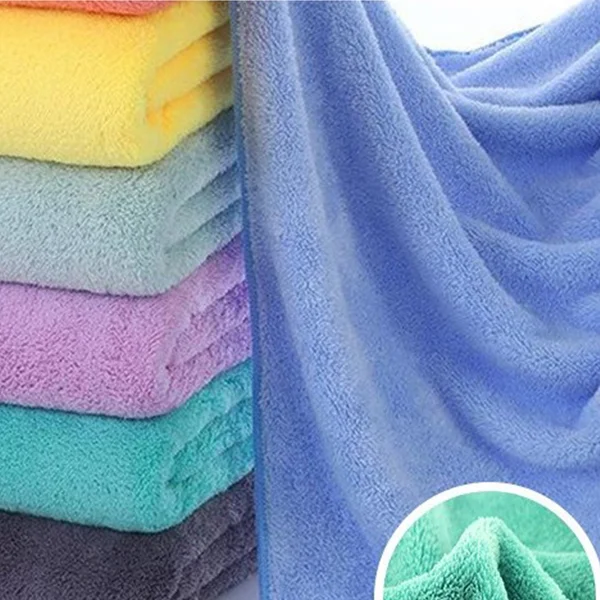In the world of athletic wear, the choice of material can significantly influence performance, comfort, and overall experience. As athletes and fitness enthusiasts seek to optimize their training and competition, understanding the best materials for athletic wear becomes paramount. This article delves into the various fabrics available, their unique properties, and how they cater to different athletic needs.
- The Importance of Material in Athletic Wear
Athletic wear is designed to enhance performance while providing comfort and support. The right material can wick away moisture, regulate temperature, and offer flexibility, which are crucial for athletes who push their bodies to the limit. Conversely, the wrong fabric can lead to discomfort, chafing, and decreased performance. Thus, selecting the best material is not merely a matter of preference; it is essential for achieving optimal results.
- Key Properties of Athletic Fabrics
When evaluating materials for athletic wear, several key properties should be considered:
- Moisture Management: Fabrics that wick moisture away from the skin help keep athletes dry and comfortable. This is particularly important during high-intensity workouts where sweat production is significant.
- Breathability: Breathable fabrics allow air circulation, helping to regulate body temperature and prevent overheating.
- Stretch and Flexibility: Materials that offer a good range of motion are essential for activities that require agility and dynamic movements.
- Durability: Athletic wear must withstand rigorous use and frequent washing without losing its shape or performance characteristics.
- Lightweight: Lightweight materials reduce drag and enhance comfort, allowing athletes to focus on their performance rather than their gear.
- Top Materials for Athletic Wear
a. Polyester
Polyester is one of the most popular materials for athletic wear due to its excellent moisture-wicking properties. It dries quickly, making it ideal for high-intensity workouts. Additionally, polyester is durable and resistant to shrinking and stretching, ensuring that garments maintain their shape over time. Many brands blend polyester with other materials to enhance comfort and performance further.
b. Nylon
Nylon is another widely used fabric in athletic wear, known for its strength and elasticity. It is lightweight and has a smooth texture, making it comfortable against the skin. Nylon also has good moisture-wicking properties, although it may not be as effective as polyester in this regard. Its durability makes it suitable for high-impact sports and activities.
c. Spandex (Lycra)
Spandex, commonly known by the brand name Lycra, is renowned for its exceptional stretchability. It is often blended with other fabrics to provide a snug fit and enhance freedom of movement. Spandex is particularly favored in compression garments, which can improve blood circulation and reduce muscle fatigue during workouts.
d. Merino Wool
For those who prefer natural fibers, merino wool is an excellent choice. Unlike traditional wool, merino is soft, lightweight, and breathable. It has natural moisture-wicking properties and can regulate temperature, keeping athletes warm in cold conditions and cool in warm weather. Merino wool is also odor-resistant, making it suitable for extended wear.
e. Bamboo
Bamboo fabric is gaining popularity in athletic wear due to its eco-friendly properties. It is naturally moisture-wicking, breathable, and has antibacterial qualities, which help reduce odor. Bamboo is also incredibly soft and comfortable against the skin, making it an excellent choice for yoga and low-impact activities.
- Choosing the Right Material for Your Activity
The best material for athletic wear often depends on the specific activity and personal preferences. For high-intensity workouts, moisture-wicking polyester or nylon blends are ideal. For activities requiring flexibility, such as yoga or dance, fabrics with a higher spandex content are preferable. Meanwhile, outdoor enthusiasts may benefit from merino wool for its temperature-regulating properties.
- Conclusion
Selecting the best material for athletic wear is crucial for enhancing performance and ensuring comfort during physical activities. By understanding the unique properties of various fabrics, athletes can make informed choices that align with their specific needs and preferences. Whether opting for synthetic materials like polyester and nylon or natural fibers like merino wool and bamboo, the right fabric can make all the difference in achieving peak performance. As the athletic wear industry continues to evolve, staying informed about advancements in fabric technology will empower athletes to optimize their gear for success.

